create a brand that instills trust, comfort, and competency by leaning into (your audience’s) emotions.
It is surprising to still see real estate marketing that looks as exciting as a permission slip. Logos with generic roofs, websites flagged by Google’s SEO gods for crimes against page speed, pitch decks slapped together in PowerPoint with Times New Roman still holding on for dear life. For an industry that deals in millions, the design level often hovers somewhere around “high school yearbook staff.”
Design Is Not Decoration—It’s Leverage
And yet, design is everything.
Not in the way that designers with neck tattoos might tell you, but in a practical, money-moves way. The design of your brand, your content, your visuals all act as a trust accelerant … or a deal killer. When someone lands on your Instagram, your website, your email they decide in seconds whether you’re worth paying attention to. It’s not conscious. It’s lizard-brain stuff. If your aesthetic is clean, cohesive, and confident, people stick around. If it’s messy, inconsistent, or confusing, they bounce and probably go give their money to someone who just looks like they know what they’re doing.
People don’t buy properties, or portfolios, or investment strategies. They buy feelings. Certainty. Trust. Competence. Safety. Vision.
A “vibe,” if you will.
Vibe Isn’t a Trend—It’s a Trust Signal
Now, you don’t have to say the word out loud, but your brand still has to create one. A vibe is just a consistent emotional throughline. It’s the look, tone, and style of your content all pulling in the same direction. It’s the reason some brands feel “put-together” without being flashy—and why some $20 million portfolios feel like they were assembled in Microsoft Paint.
This is where most real estate investors, wholesalers, and syndicators miss the mark. They’re focused on facts: cash-on-cash return, debt structure, equity splits. That’s all important, but it’s not what gets someone to stop scrolling or take you seriously online. It’s design that frames the information and gives it weight. It’s design that makes people feel the story you’re trying to tell.
People don’t say “that’s a vibe” when they look at a RE/MAX flyer. But they do when they see a house tour with smooth camera shots, well-lit rooms, and tasteful decor. This all adds up to an idea that the person selling this product to me cared enough to show it off well.
Would You Invest in You?
Here’s a fun exercise: Strip away your spreadsheets, your deck, your pitch. Just look at your branding. The colors, the logo, the layout of your social feed. Would you invest in you?
Would you trust this person with a quarter-million-dollar wire transfer?
Your brand doesn’t need to be flashy. It doesn’t need to look like a Netflix documentary. But it does need to look like someone cared. That attention to detail is what translates to trust. If you’re sloppy with your branding, what else are you sloppy with? Underwriting? Renovation timelines?
This is the unspoken filter every investor and potential partner is running in the background. They’re not just asking, “Is this a good deal?” They’re asking, “Do I believe this person can pull it off?” And whether you like it or not, that decision often happens before they read a single sentence of your pitch.
No Fortune Needed
The best brands in real estate, the ones that attract capital, grow fast, and stay top of mind have one thing in common: intentional design. Not expensive. Not overproduced. Just thoughtful.
Good design doesn’t mean you need to spend $30,000 on a fancy agency or learn motion graphics. It means making a few smart decisions and sticking with them. First, pick a vibe. Are you clean and corporate? Scrappy and local? Boutique with a modern edge? Whatever it is, every touchpoint, logo, social post, pitch deck, even the way you shoot video, should support that tone. Don’t bounce between styles based on whatever Canva template looks cool that day.
Keep your fonts simple. Two, max. One for headers, one for body text. Anything more than that, and you’re not edgy—you’re just hard to read. Embrace whitespace. Just like staging a home, clutter kills value. Your slides, posters, and flyers need room to breathe if you want people to focus. Visual consistency also matters. Using the same set of colors, layouts, and content framing across your materials creates cohesion, and that cohesion is what turns scattered posts into a recognizable brand.
And please, ditch the default “Realtor Blue” that everyone’s been using since the Bush administration. Choose a palette that reflects your personality, not your broker’s dusty old flyer. As for tools, Canva can work if you know your way around a layout. Figma’s a solid step up if you want more control. But honestly? Just hire someone who gets it. Even if it’s just to build your brand guide and a few starter templates. It’ll pay off a hundred times over.
Finally, don’t overthink the gear. You don’t need cinema cameras. Use your phone but be intentional with good lighting and clean framing. One simple, well-shot video can do more than a dozen drone shots of rooftops no one asked for. The tools are out there. The difference is whether you treat design like a last-minute task—or a front-line business strategy.




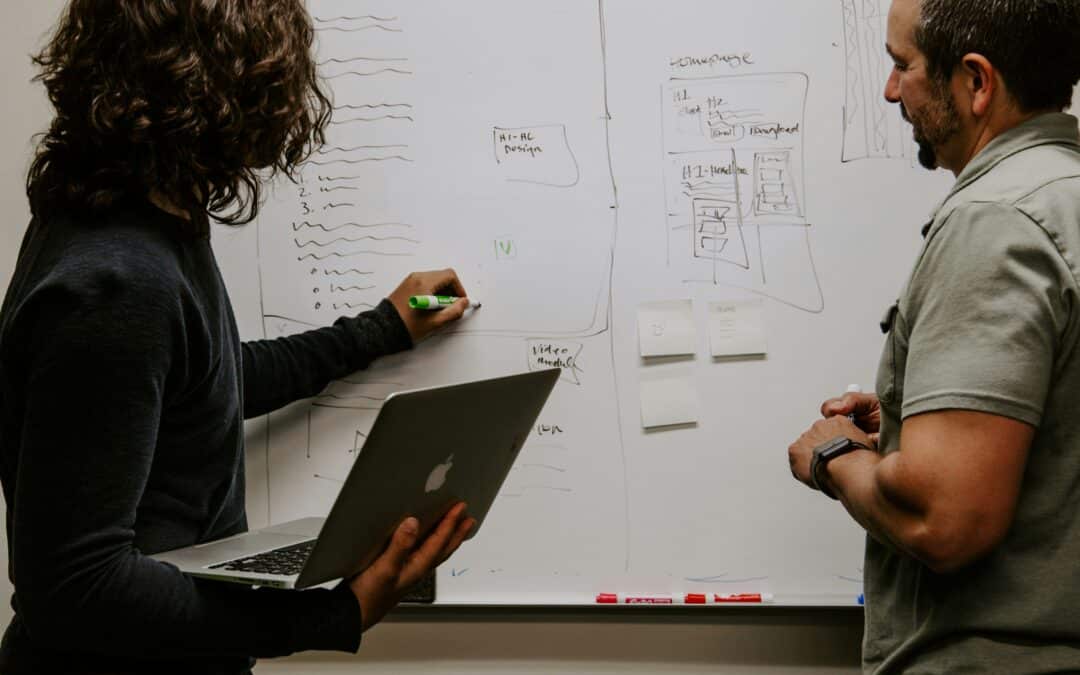


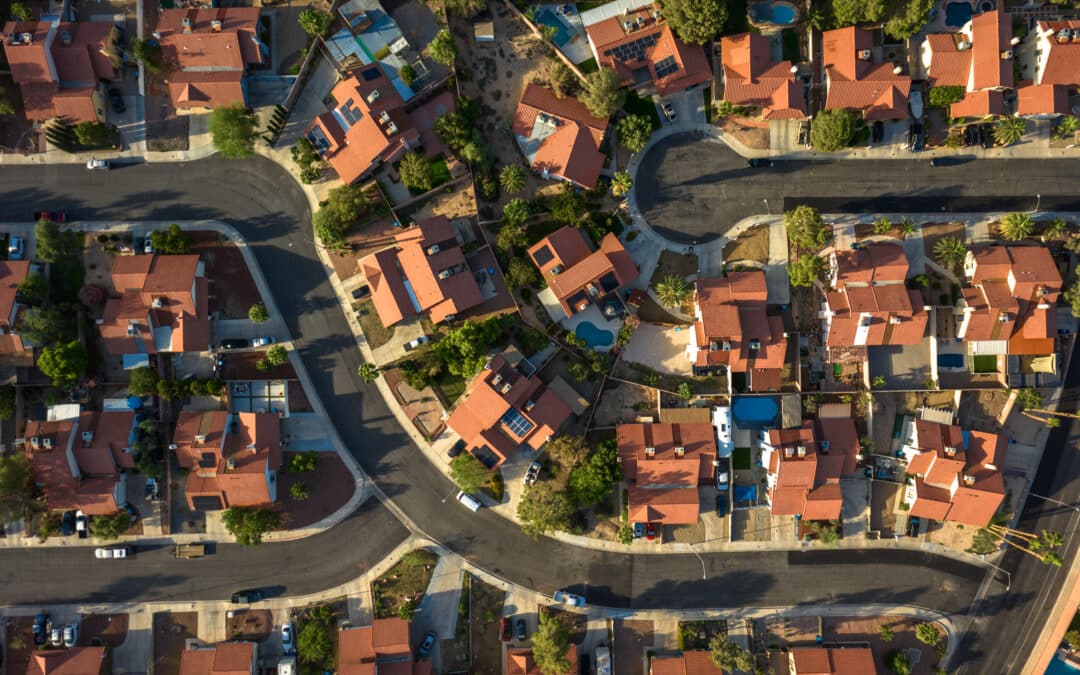


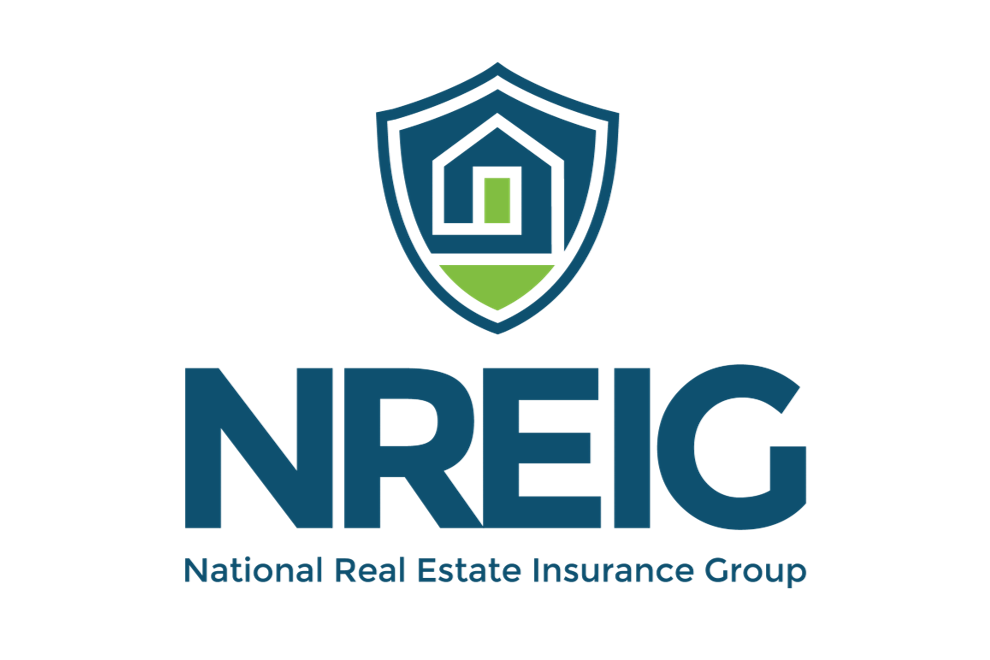
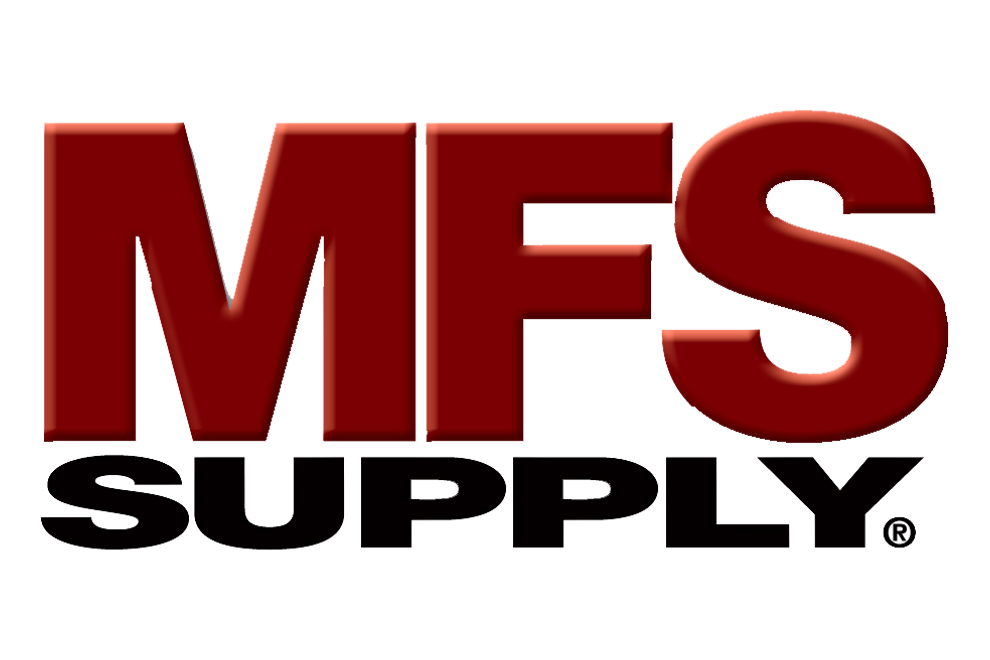
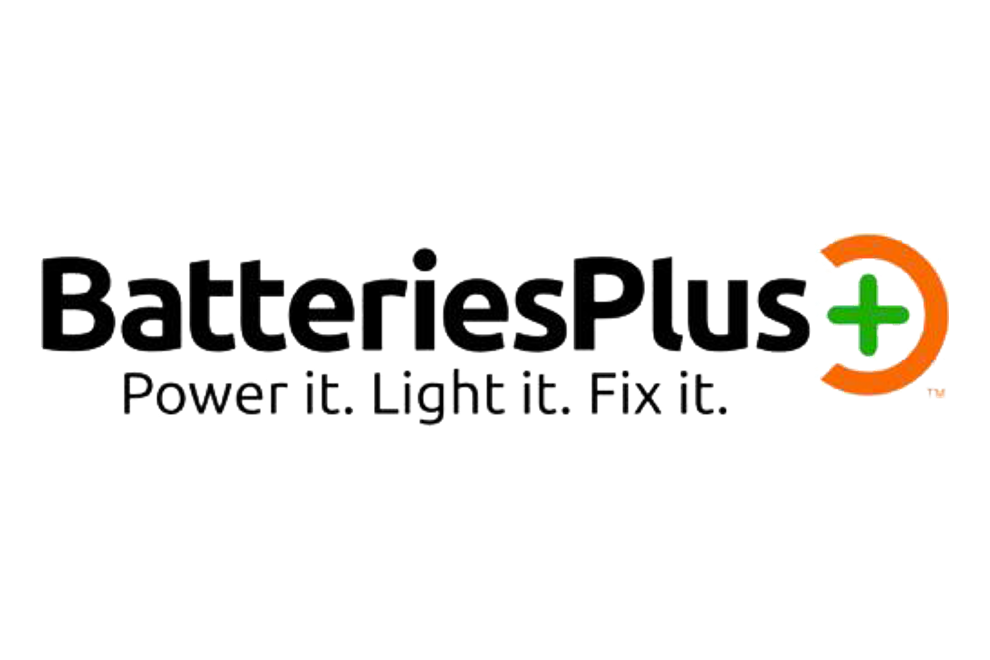
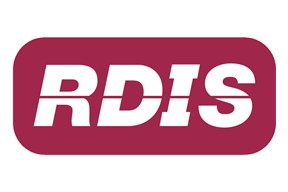
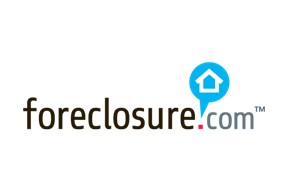
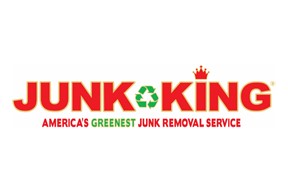
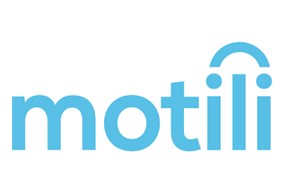
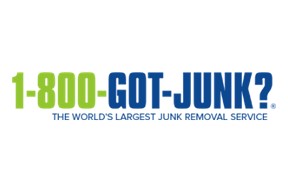
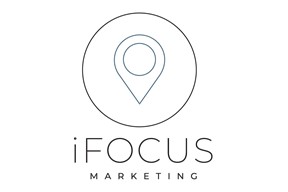
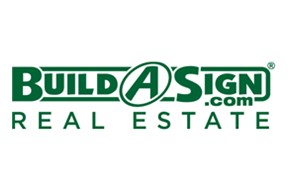
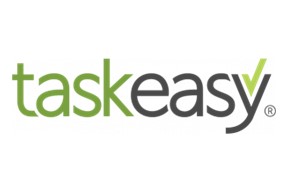
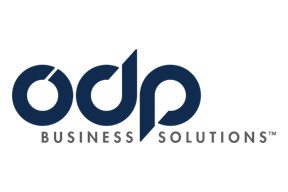
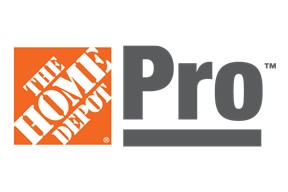
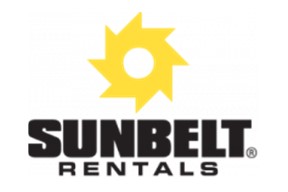
0 Comments